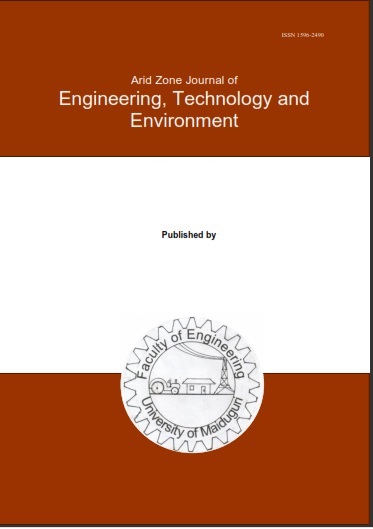Abstract
Despite global advances in Construction 4.0 technologies for supporting circular economy (CE) goals, adoption remains limited in developing countries particularly Nigeria where contextual barriers remain poorly understood. Digital tools such as Building Information Modelling (BIM) and Internet of Things (IoT), drive sustainability through resource efficiency, waste minimization, and a closed-loop material flow. However, the extent to which these technologies are adopted in developing countries like Nigeria remains under-researched. This study investigates the specific challenges impeding the adoption of Construction 4.0 technologies in advancing CE practices within the Nigerian construction industry. While global literature highlights barriers such as cost, regulatory gaps, and resistance to change, this research uncovers localized obstacles including infrastructural deficiencies, poor internet reliability, dominance of the informal construction sector, and limited technical training opportunities. Using a qualitative research design, semi-structured interviews were conducted with industry professionals in Lagos State, Nigeria who were selected through purposive and snowball sampling to ensure relevance insights. Thematic analysis revealed that while most of the barriers identified mirror those already established in global literature such as high implementation costs, general lack of awareness, regulatory inadequacies, lack of standardization, skill shortages and implementation capacity, the study also uncovers additional, context-specific challenges that deepen understanding of these barriers in Nigeria’s setting. These include chronic infrastructural deficiencies such as unreliable internet and power supply, the dominance of an informal construction sector that resists standardization and technological uptake, and deep-seated cultural resistance to digital transformation. Furthermore, the study finds that even where awareness of technologies like BIM exists, practical adoption remains minimal due to the absence of policy support, technical training frameworks, and adequate incentives. For instance, several participants noted that Construction 4.0 tools are seen as “premium” and often incompatible with the cost and workflow structures of small- and medium-sized firms, especially those operating informally. This paper contributes to the literature by situating global adoption challenges within a localized Nigerian context, highlighting how familiar barriers are amplified by the institutional dynamics specific to developing countries, particularly Nigeria. The findings offer insights for policymakers, construction firms, and educators seeking to promote CE through construction 4.0. The findings also have practical implications for improving policy, workforce training, and infrastructure investment strategies tailored to Nigeria’s construction sector. By revealing how global challenges manifest in context-specific ways, the study supports the development of targeted interventions that bridge the gap between innovation and local feasibility.

This work is licensed under a Creative Commons Attribution-NonCommercial-NoDerivatives 4.0 International License.
Copyright (c) 2025 ARID ZONE JOURNAL OF ENGINEERING, TECHNOLOGY AND ENVIRONMENT

